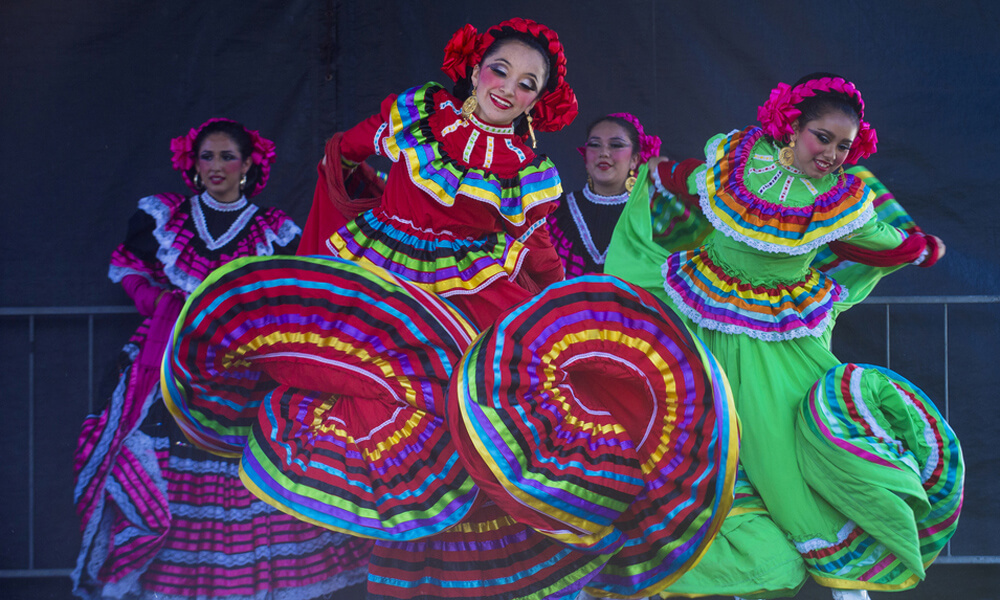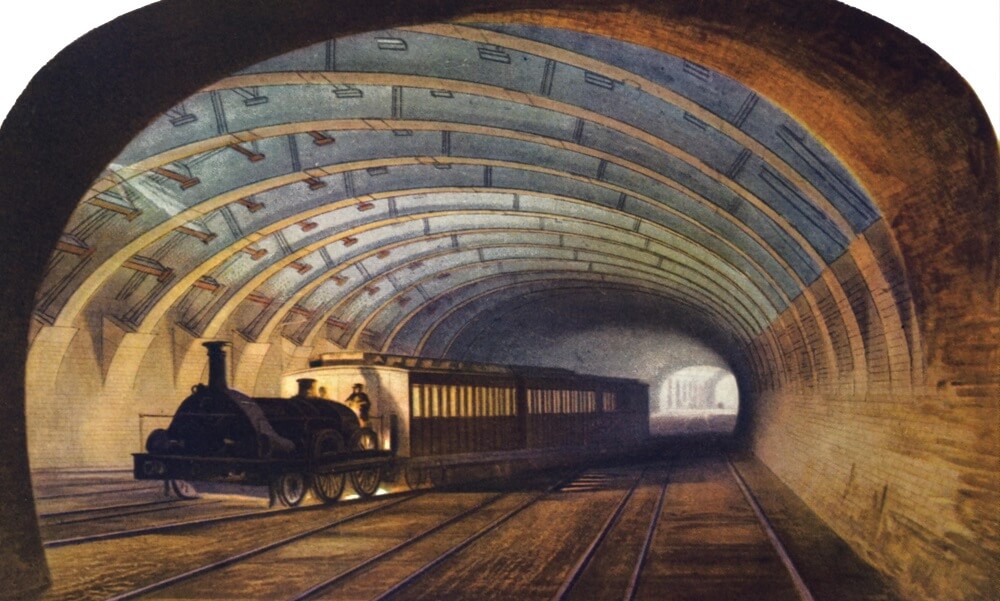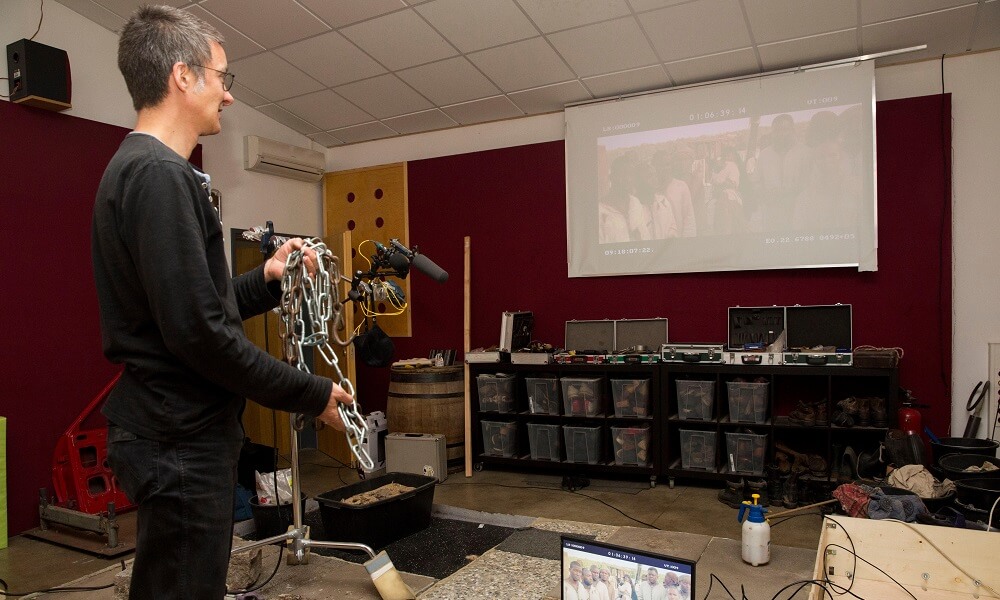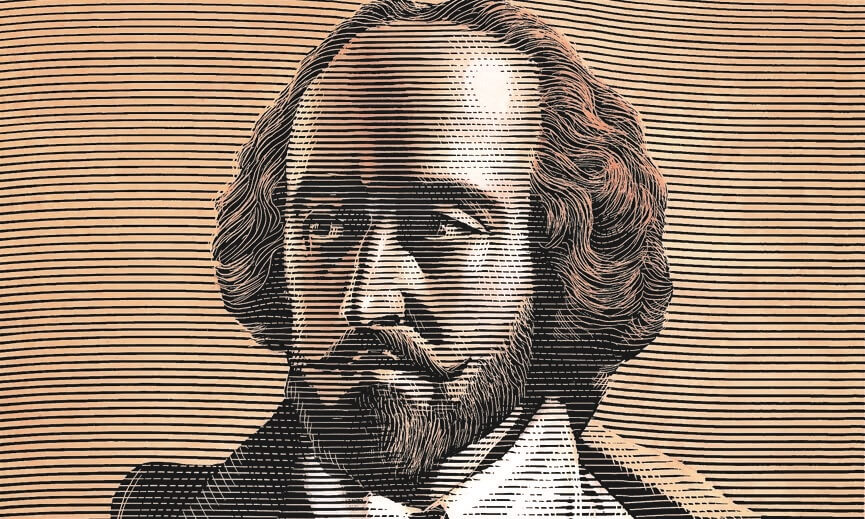Immigration, Migration, Identity at Center Stage in 2017 Smithsonian Folklife Festival
Source: Smithsonian Insider
The annual Smithsonian Folklife Festival in Washington, D.C., highlights the cultural diversity of American communities. Read to learn more about this colorful event that brings many cultures together in the nation’s capital.












